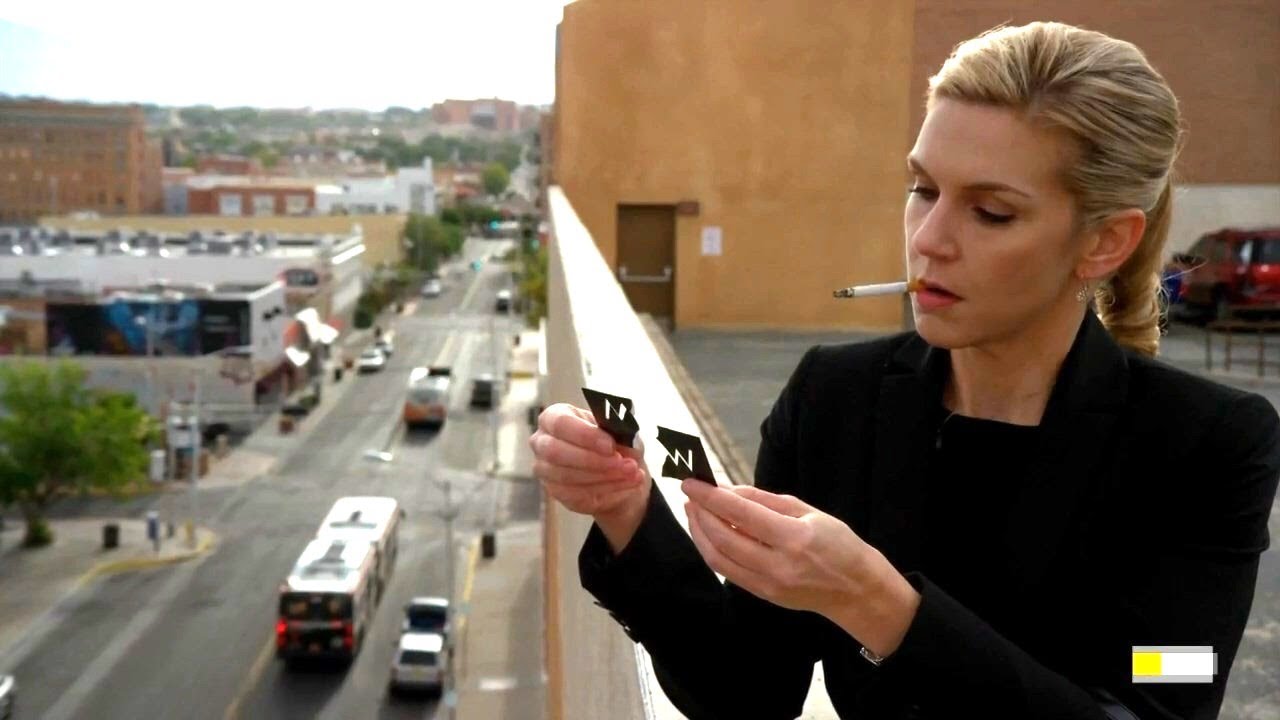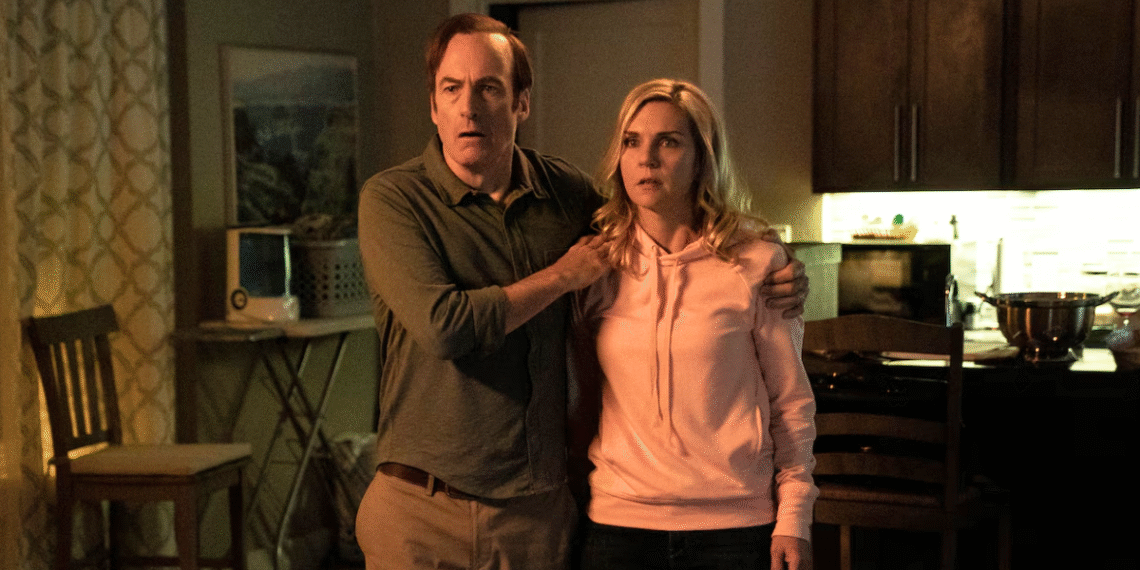Vince Gilligan, creator of the cult series Breaking Bad and Better Call Saul, is set to release his new series. The sci-fi genre drama Pluribus promises to be completely distant from Gilligan’s criminal universe. Nevertheless, official promotional materials and teasers have provoked active discussions among fans, claiming that they contain obvious references to the director’s past projects, including BCS and BB. In this article, we will break down the key details that have provoked active discussions.
The return of Rhea Seehorn

For those unaware, Rhea Seehorn played a vital role in the series Better Call Saul. Gilligan admitted that it was precisely the work with Seehorn on Better Call Saul, where she embodied the most complex character, Kim Wexler, that inspired him to rethink the main character of his new project.
Originally conceived as a man, the protagonist was gender-swapped specifically for Rhea Seehorn. The choice of Seehorn seems to hint that the main character of Pluribus, Carol Sturka, will have the same psychological complexity and the same degree of internal struggle as Kim.
Gilligan preserves Albuquerque in Pluribus

Like Breaking Bad, as well as Better Call Saul, the action of Pluribus unfolds in Albuquerque, New Mexico. The familiar atmosphere and specific architecture. Notably, some viewers noted that Carol Sturka’s house has similarities with Hank Schrader’s house from Breaking Bad, creating an instant feeling of connection between these universes.
Wayfarer in the role of “bridge” between universes

The most intriguing detail is the mention of Wayfarer Airlines in the official trailer of Pluribus. In Breaking Bad, a Wayfarer flight crashed over Albuquerque due to the error of an air traffic controller (Jane Margolis’s father), caused by grief after the death of his daughter, whom Walter White did not save. This was a moment when Walter’s personal mistake grew into a mass, public tragedy.
In Pluribus, this reference may suggest that the “Happiness” virus is an echo of an earlier, forgotten tragedy. Thus, Gilligan uses Wayfarer as a kind of anchor, showing that reality was distorted even before the beginning of the main plot.
For now, Pluribus looks like an independent work, but it seems that Gilligan, known for his attention to detail, uses familiar images (Seehorn, Albuquerque, Wayfarer) to create a recognizable, but already genre-new reality. However, the question remains open: does Gilligan intend to preserve the declared independence of the project or will these references become a bridge connecting his two key universes into one?









